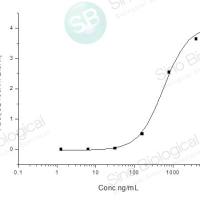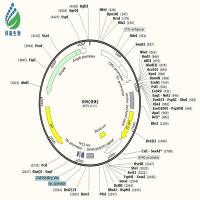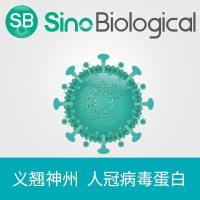Purification, Separation, and Identification of the Human mtDNA Polymerase With and Without Its Accessory Subunit
互联网
412
The human mitochondrial genome encodes a variety of genes required for oxidative phosphorylation, and loss of these essential gene functions induces a multitude of severe metabolic disorders (1 –4 ). Mitochondrial DNA (mtDNA) is replicated by the nuclear encoded DNA polymerase γ (5 ), and pol γ is the only replicative eukaryotic DNA polymerase to display sensitivity to a wide range of antiviral nucleotide analogs (6 –12 ). Consequently, long-term treatment of patients with antiviral nucleotide analogs such as zidovudine (AZT), zalcitabine (ddC), and didanosine (ddI) induces a characteristic collection of mitochondrial dysfunctions that mimics mitochondrial genetic diseases (13 –16 ). To aid investigations into the properties and subunit composition of this important enzyme, we present a simple biochemical assay to distinguish two forms of pol γ and a purification scheme to resolve them.









